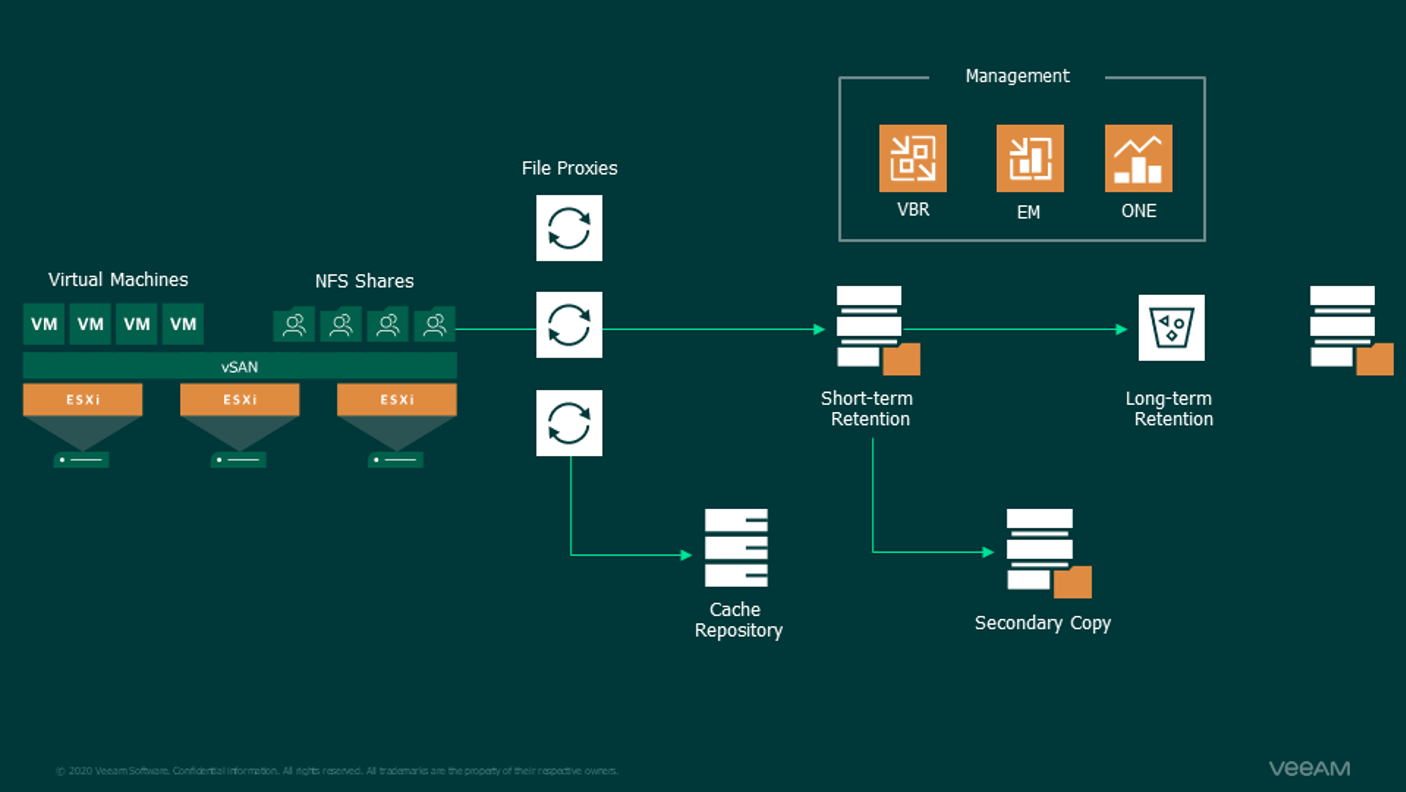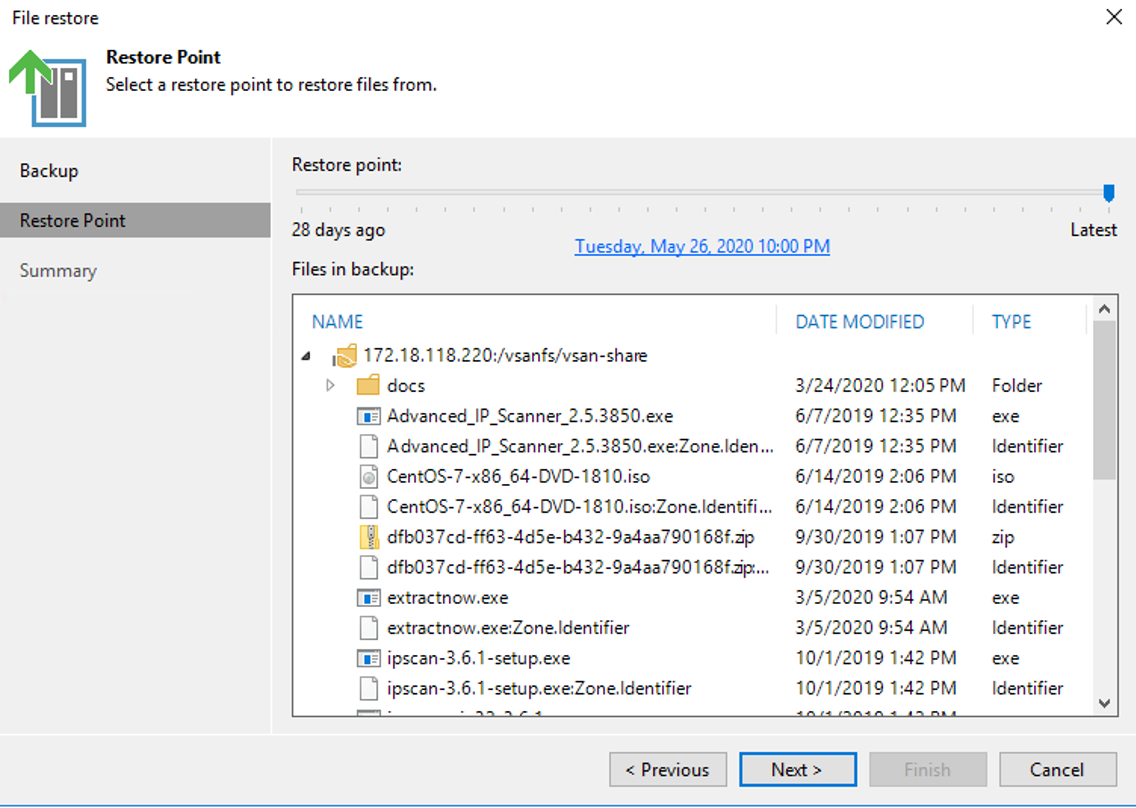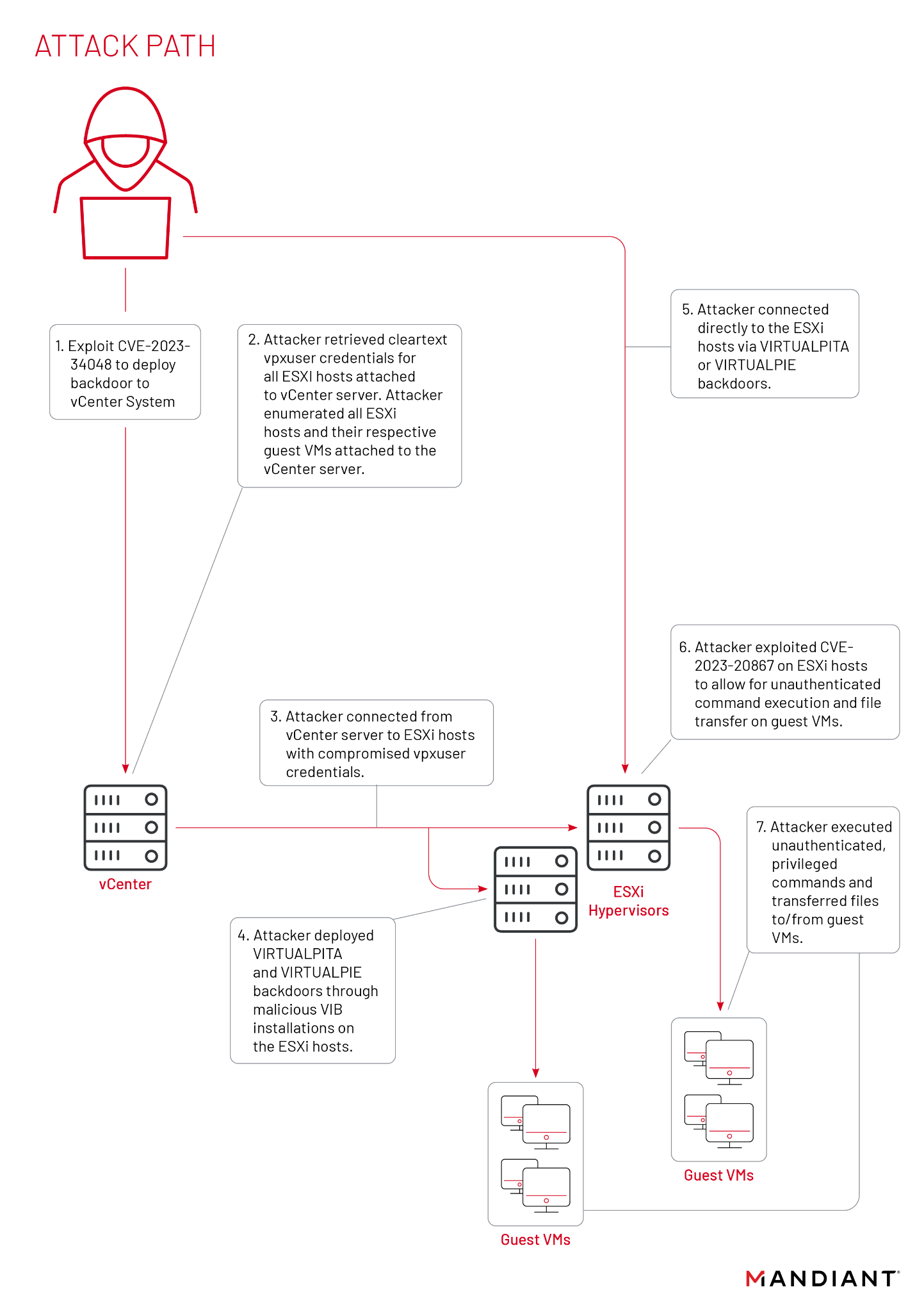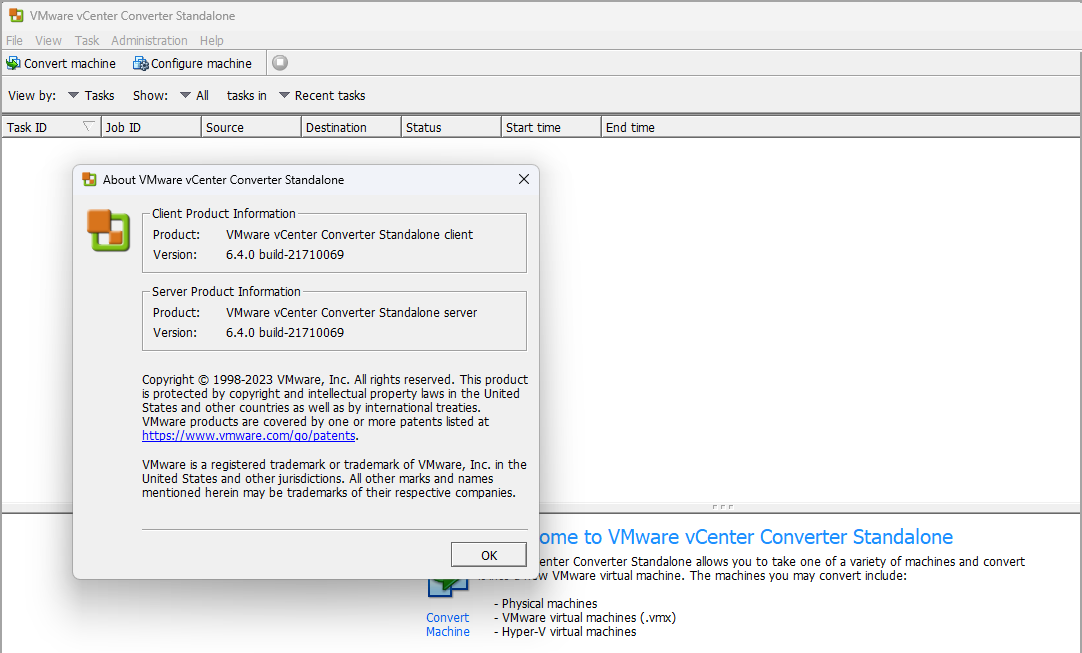Veeam: How does NAS backup in v10 work with VMware vSAN File Services
How does NAS backup in v10 work with VMware vSAN File Services?
You may recall with v10 NAS backup, Changed File Tracking was implemented, maintaining the footprint of the source file share and is stored in a cache repository. This cache repository keeps track of all objects that have changed between each backup, resulting in super-fast backup processing, including for vSAN File Services!
NAS backup supports the same range of different backup repositories as our image-based backups, including scale-out backup repositories. When focusing on unstructured data, however, safeguarding the ability to tier older file versions onto less expensive storage (e.g. deduplication storage systems or Object Storage) may be even more important. The ability to maintain short-term retention close to the production data set but then comply with regulations and retention demands through the public cloud can enhance longer-term retention capabilities while reducing costs.
Veeam Availability Suite v10 NAS backup also has the ability to store an offsite copy of your NAS data. This can be a completely different retention period (both longer and shorter), with a separate encryption key for added security, and can be used as a disaster recovery option when it comes to recovering your unstructured data.
NAS recovery using VMware vSAN File Services
Yes, the recovery mechanisms that were introduced in v10 also work flawlessly with VMware vSAN File Services.
Restore entire share
A useful option for catastrophic losses or major outages, allowing for a complete restore of the latest version of all files either back to the original location or to an alternate location with security and permissions intact.
Rollback to a point time
When the need arises to use the “last known good configuration,” this option is very useful to roll back any modified files since the last backup of your vSAN instance using File Services.
Restore individual files and folders
Like File-Level Recovery for image-level backups, this restore type provides you with the ability to restore individual files and folders either by overwriting the live system or keeping both copies. Simply choose specific restore points with additional visibility to see all available file versions.
Use cases
Veeam’s enhanced NAS backup capabilities offer you the ability to immediately incorporate VMware vSAN File Services into your backup strategy whether you’re a new or existing customer. As you continue on your Digital Transformation journey, the following use cases may be great places to begin incorporating vSAN File Services and Veeam:
Audio, video, and surveillance data
As the volume of this type of data continues to grow at unprecedented rates, there often is not a defined process in place to categorize or tag data, let alone adequately predict future storage requirements. The flexibility of easily adding a host to a VMware vSAN cluster coupled with Veeam’s support for VMware Storage Policy-Based Management to ensure proper backup policies are applied make this data type a perfect candidate for consideration.
Big data applications (e.g. Hadoop, SAP, Splunk)
Security, scalability and manageability are often cited as challenges to adoption of big data. These infrastructure-related challenges can be alleviated via the security, scalability and performance of VMware vSAN. Additionally, Veeam’s enhanced NAS backup coupled with application-specific capabilities for Oracle and SAP can help create a simple, flexible and reliable infrastructure that is cost-effective for embarking upon such a project.






